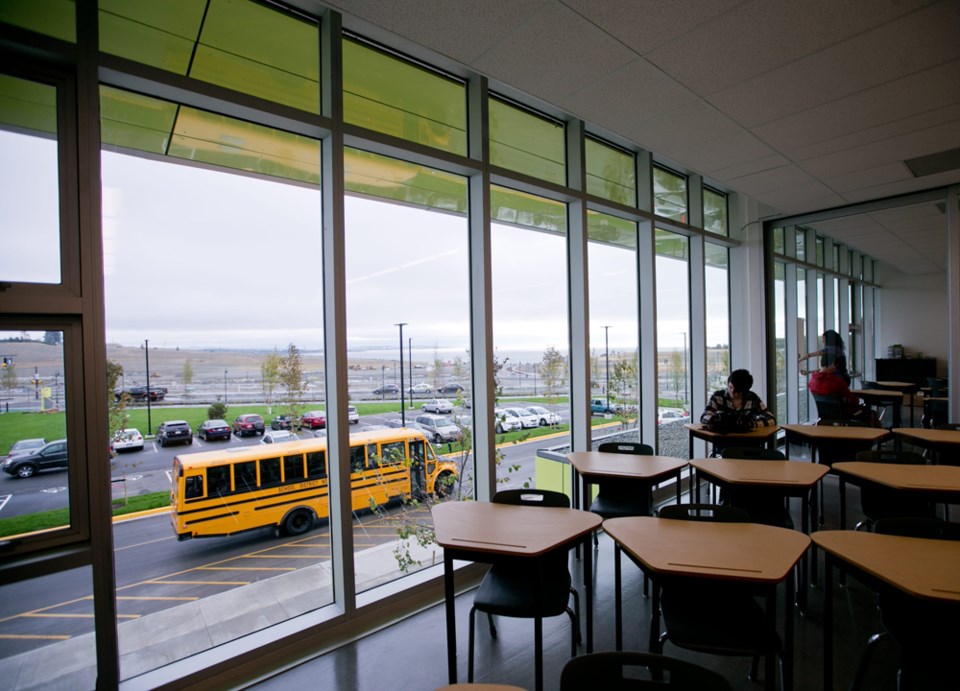The 2016 revisions in the curricular structure of Finland’s schools is, even for educational heretics such as me who have long advocated curricular integration and student-centred learning, a giant step away from the way public education has been structured since its inception.
For years, Finland has been vaunted as a successful education system, perched well up the list of Program for International Student Assessment test results which, every five years or so, tests more than 510,000 students in 65 countries and economies on math, reading and science.
Notwithstanding Finnish educators’ distaste for standardized testing as a way of measuring educational success, Finland has always been proud of its students’ string of successes on the PISA assessments.
Finland’s successes have been exceeded only by Shanghai, Hong Kong, Singapore, Japan and South Korea, with Finland scoring in sixth place and Canada coming in at ninth in reading and math out of 65 countries.
Nonetheless, Finland has embarked on one of the most radical education-reform programs ever undertaken by a nation state — scrapping traditional “teaching by subject” in favour of “teaching by topic.”
Subject-specific lessons — an hour of history in the morning, an hour of geography in the afternoon — are already being phased out for 16-year-olds in the upper schools. They are being replaced by what the Finns call “phenomenon” teaching — or teaching by topic. For instance, a teenager studying a vocational course might take “tourism and hospitality” lessons, which would include elements of math, languages (to help serve foreign customers), writing skills and communication skills.
More academic pupils would be taught cross-subject topics such as the European Union — which would merge elements of economics, history (of the countries involved), languages and geography.
The data collected from the 2018 PISA assessment and background questionnaires are analyzed, and the results will be released a year after the assessment on Tuesday, Dec. 3.
The results should certainly fuel some discussion about the effect of Finland’s move toward more progressive forms of education.
But all that still raises the question: How can small nation-states such as Singapore score so well on PISA tests?
From being among the world’s poorest, with a mix of ethnicities, religions and languages, Singapore has overtaken the wealthiest countries in Europe, North America and Asia to become the No. 1 in education.
The answer is not so simple as an “emphasis on the basics.”
According to Prof. Sing Kong Lee, vice-president of Nanyang Technological University, which houses Singapore’s National Institute of Education, a key factor had been the standard of teaching.
“Singapore invested heavily in a quality teaching force — to raise up the prestige and status of teaching and to attract the best graduates,” Lee told the Jakarta Post.
The country recruits its teachers from the top five per cent of graduates in a system that is highly centralized.
All teachers are trained at the National Institute of Education, ensuring quality control so that all new teachers could “confidently go through to the classroom.”
According to Lee, the PISA successes of Singapore’s students essentially come down to three factors beside the quality of its teachers: culture and mindset, making evidence-based decisions and systemic change at the national level.
Nationally, Singaporean culture places an extremely high value on education, along with a belief that effort rather than innate ability is the key to success.
And that’s the flaw in comparing PISA results across the board without taking into account the influence of the cultural and political environments that support a particular style of educational organization.
Researchers at the United Kingdom’s Durham University usually point to this as perhaps the most important factor for Singapore’s high test results.
Formal schooling is supplemented by intensive after-school tuition, sometimes for up three hours of extra school in the evening.
From a curricular-design point of view much of the theoretical basis for East Asian education has been heavily influenced by western research such as Jerome Bruner’s theory of “stages of representation,” which suggests that learners need hands-on experiences of a concept, then visual representations, as a basis for learning symbolic or linguistic formulations.
This has been translated in Singapore as a focus on concrete, pictorial and abstract models in mathematical learning.
Most importantly in understanding Singapore’s PISA success, the tiny nation-state has focused relentlessly on education as a way of developing its economy and raising living standards.
Even so, and sometimes despite themselves, interested educators will be watching the Dec. 3 announcement regarding the 2018 PISA results.
Geoff Johnson is a former superintendent of schools.



